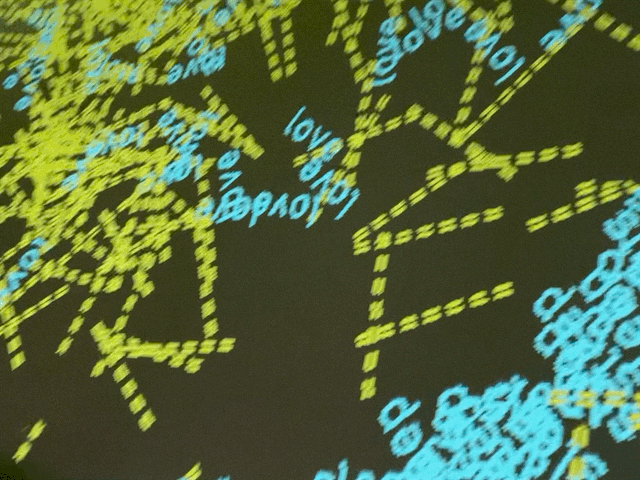What we're seeing in the field
The necessary emergence of decentralized, adaptive organizations
The org chart is dying.
After eight years running Jumpsuit as a distributed organization of independent contractors (I'm more recent, but the form has proven itself for years), and now piloting adaptive structures with clients, I can tell you what's happening: the "boxes and lines" model can't keep up anymore. AI didn't kill it—AI just made it obvious th…
Keep reading with a 7-day free trial
Subscribe to The Expansion Effect to keep reading this post and get 7 days of free access to the full post archives.


